Fashion trends through the decades
1970s fashion was full of bell-bottom pants, jumpsuits, bold prints, denim, wide collars and platform shoes. The ‘70s are well known for big and bold fashion choices. It was the decade of style icons and disco. The ‘70s were considered the period of “hippies,” filled with peace signs and bright colors. This decade was dynamic with bold choices by both males and females.
Style icons at the time consisted of David Bowie, Cher and Farrah Fawcett. They were all known for starting popular trends and kicking fashion up a notch. Cher was an icon in sequins and always had bell-bottoms on, whereas David Bowie was an accessorizer. Bowie had a hippie style with fringe, whereas Cher was usually in black sequins and platform shoes. Then there were iconic designers like Diane von Fürstenberg who revolutionized women’s fashion with the introduction of the wrap dress. This was the era when women were learning that it was normal to dress for themselves and go for a flattering, yet comfy style.
The funny thing is that most fashion trends of the ‘70s are still things people would wear in 2024. Fashion is a revolving circle, so trends come back every so often. Bell bottom jeans have now become flair jeans. Platform shoes are also back along with jumpsuits and aviator glasses.
The ‘70s was a peaceful and earthy-toned time. It was popular to wear earthy colors, but bright colors were also in style. Also, any warm tone or metallic was popular along with patterns which emerged as a new trend.
Overall, the ‘70s was a time for bold and exciting fashion, especially unisex fashion. Men were wearing suits made of leather and women started experimenting with wearing suits. Denim became extremely gender neutral and women started wearing pants in everyday fashion. Another big trend during this time was hot pants which were extremely short shorts often made of bold, vibrant fabrics, which gained popularity during the disco era. They were a daring and fashionable choice for women.
In conclusion, the ‘70s were filled with amazing trends and gender-fluid clothing. From hippie to disco looks, the ‘70s were filled with bold and fun trends. Between denim and jumpsuits, the ‘70s fashion trends may be coming back in 2024.
From motorcycle jackets to mini skirts to mullets, the 1980s were full of fashion trends that have become iconic today. Whether you believe ‘80s fashion was bohemian or raunchy, the decade gave birth to many influential designers, enthusiasts and trends.
In the year 1980, the leather dress and cowboy boots trend came to rise. In the ‘80s, cowboy boots continued to be a popular fashion item worn by both men and women. Cowboy boots in the 1980s were not only associated with Western wear, but were also fashionable in urban and suburban settings. They were often paired with jeans or skirts, contributing to a Western-inspired yet contemporary look.
In the world of fashion, particularly swimwear, the term “high-cut one-piece” refers to a style of swimsuit that features high-cut leg openings that rise above the hips. This design became popular around 1981. The swimsuit featured a high-leg silhouette that gave women’s legs a more elongated and flattering look.
In 1982 the country club aesthetic was popular and in ‘83 it was all about pattern clashing. A big trend known as “pattern clashing” or “mixing patterns” was a style characterized by the bold and diverse combination of different patterns and prints in a single outfit. In the mid-’80s, you would find high-waisted denim, bustier tops, chunky pearls and feathers.
Designers incorporated feathers into sleeves and hemlines, as well as decorative elements on hats and headpieces. Feather boas, in particular, were a popular accessory, often worn with evening wear for a dramatic and stylish effect. Fashion during this time embraced large and attention-grabbing accessories. Women often paired chunky pearl jewelry with power suits, oversized blazers and other iconic ‘80s pieces.
The 1980s saw the rise of rebellious and edgy fashion, influenced by punk and rock subcultures. Motorcycle jackets, often made of leather, were a key component of this style. Many motorcycle jackets featured studs, zippers and other metallic embellishments. Whether it was leg warmers, lace dresses, or leather blazers, the ‘80s were full of self-expression, extravagance and a mix of influences from various subcultures.
The 1990s were a turning point in what became known as the “modern age” of many things. It was the explosion of the internet, mass media and easily accessible information. It was also the beginning of a new era of fashion, a cumulation of the voluminous, bright colors of the 80s — and then split off into different fashion subcultures, each defined by their unique looks and styles. However, to accurately assess ‘90s fashion within its time, an understanding of what made ‘90s fashion so popular is necessary.
The largest component of what truly defined ‘90s fashion is the designers who spearheaded it. At the forefront of ‘90s fashion were visionary designers such as Gianni Versace, Marc Jacobs and Calvin Klein. Each designer had a way of appealing to different consumer bases of fashion subcultures. Versace’s bold, vibrant designs and staples became synonymous with the era’s idea of chic. At the same time, Jacobs and Klein played pivotal roles in what became known as the “minimalist” ‘90s fashion movement. Their takes on fashion and its nuances were what defined the first batch of ‘90s trends.
The traits of ‘90s fashion went with their respective subcultures. ‘Grunge’ was a prime example of this, a staple of the minimalist movement. Its flannel shirts, combat boots and disheveled hair became the defining style for a generation mystified with bands like Nirvana and Pearl Jam. The subculture of grunge was shaped by an anti-establishment attitude that then translated into the fashion industry itself.
However, on the opposite end of the spectrum, many embraced a different side of fashion. Classy, chic and sharp: that was what ‘90s high fashion was all about. The era of power suits and shoulder pads gave way to slip dresses, crop tops and sleek skirts. Simple and plain, yet elegant, were what fashion icons strove to embody. Models of the time, such as Naomi Campbell and Kirsty Hume, were seen in sleek but eye-catching slip dresses on the runway. However, the most notable staple of this was Kate Moss. Kate Moss wore elegant dresses with ease, such as at the CFDA Fashion Awards in 1995. At this event, she unveiled a dress that was a different idea of glamor than most were used to, a slip dress with a rather form-fitting silhouette. It drew people in and furthered the idea of what made high fashion click during the ‘90s.
Lastly, for those who found themselves on the other side of grunge or high-fashion: the ‘90s introduced a third genre of style. The preppy look, characterized by polo shirts, pleated skirts and loafers, made a resurgence from back in the 1900s. It was a refined aesthetic, with simple patterns that captured the hearts of many. However, the main reason for the subculture’s success was because of who wore it. To be precise, the MTV, Beverly Hills stars of the West Coast skyrocketed the popularity of ‘preppy’ culture. Hit sitcoms like “Friends” and “Seinfeld” utilized these styles to their advantage. It was the idea of casual dressing which made the look so comforting to those who viewed it on their television screens. As such, the idea of a preppy yet casual look became a staple for the ‘90s.
The ‘90s had a vast amount of fashion trends that reflected the culture of the time. From grunge to preppy, the era’s styles continue to shape the fashion landscape, proving that ‘90s fashion is timeless. For many today, whether they know it or not, ‘90s fashion continues to live on through garments that we very well know and love. Between Birkenstocks and Nirvana t-shirts, the fashion that was once a cultural revival is now a trademark of our fashion. ‘90s fashion truly had something for everyone: that same something that keeps drawing us back to it.
Icons such as Britney Spears, Paris Hilton and Christina Aguilera are some of the celebrities who led the 2000s fashion trends, or Y2k fashion as some might say. From low-rise pants to graphic tops, the 2000s trends made a huge impact on red-carpet looks and everyday fashion.
The idea of “going-out tops” paired with jeans was popular during this decade. Women often wore tube tops, halter tops, vests and baby tees. On these tops, patterns such as zebra and cheetah prints were common, and rhinestone designs were popular as well. People then wore Britney Spears’ iconic low-rise, boot-cut jeans to go with their tops. Big buckle belts were often used to jazz up these jeans.
Logo-centric and graphic clothing was fashionable in this decade. People wore graphic tees with their favorite cartoons or common slogans. What completed this look were the iconic trucker hats of the 2000s. These were a type of baseball hat with either a mesh cap or a netback cap.
One of the most popular trends during the 2000s was wearing dresses over pants. Celebrities on red carpets were seen wearing either maxi or mini dresses over their blue, denim pants. In this day and age, wearing a dress on top of jeans would be unheard of, but in the 2000s, this style was all the rage.
Another popular look in the 2000s was the Juicy Couture tracksuits. The high-end tracksuits came in a set with a jacket and pants. These tracksuits were favored because of their soft, velvety material and the “Juicy” rhinestone embellishment on the back. They became popular after Madonna was seen wearing a custom-made set in public. Seeing Madonna rock this look prompted others to also buy the tracksuits, causing Juicy Couture to flourish. These tracksuits became a major trend for customers.
To enhance the outfits of this period, people wore skinny scarves, oversized aviator sunglasses, bandanas, belly chains and baguette bags. These handbags were shaped like baguettes and were the perfect medium size. These bags became popular in the 2000s after “Sex and the City” actress Sarah Jessica Parker, who played Carrie Bradshaw, was seen wearing these baguette handbags and even commented on their shape. This movie caused the trend to emerge. For shoes, people opted to wear pointy, knee-high boots that were trending or strappy sandals.
Overall, the 2000s was a decade full of new, fresh fashion trends that set the stage for the new century. Influential fashion icons that led us through this decade were highly respected and appreciated for the way they dressed. We can see that some of these trending articles of clothing are coming back today such as low-rise jeans, belly chains and corset tops. The 2000s was a time of intense change from the previous decade, and we continue looking back to these old fashion trends to set the stage for new trends.
From high-waisted pants to athleisure, 2010 was a decade full of unique fashion trends. It was also considered a ‘90s comeback time between the chunky chokers and the denim overalls. 2010 was the decade of minimalism and is now a decade many make fun of due to the fashion trends. Many on TikTok now make fun of the bold fashion choices of this decade such as the statement necklaces and peplum tops (skirt-like strips of fabric at the bottom of a shirt) which were staple going-out outfits in the 2010s. This decade was so different from the decade before it mostly in the sense that it had more “dress for comfort” clothing than the 2000s.
The 2010s were a very neutral and boho-chic time. It included interesting makeup and hair habits that all surrounded the fashion trends. As this decade wasn’t too long ago, many can probably remember the epidemic of off-the-shoulder shirts and lace-up tops. These were a huge craze, especially from the mid to end 2010s.
The athleisure and sportswear saga of this time shows just how casual this period was. Lululemon and Athleta taking off was a major reason why athleisure got so popular. The big trend of this decade was having Lululemon everything. The basic everyday outfit became leggings, sneakers and a workout top. Whereas for men, it became sweatpants, hoodies and gym attire. Men also became very into streetwear and sneaker culture.
This decade was one where men found fashion independence. Not only from the athleisure, streetwear and sneaker culture, but even in their slim-fit and tailored clothes. They began taking their outfit choices more seriously and gained fashion knowledge.
The fashion icons of this time mostly came from social media since major apps like Instagram and Snapchat were invented during this decade. Kim Kardashian and her family became big fashion icons as well as people like Beyonce, Kate Middleton and Rihanna. For men’s fashion and unisex fashion, Harry Styles became a huge icon towards the end of the 2010s decade.
The rise of minimalism also included a rise in neutral color palettes. Also, sustainability became a priority for most people. Brands became very sustainable and ethical to look good to their customers. The 2010 decade began a rise in advocating about environmental and social issues, so brands and models tried to match people’s concerns. Overall, the decade’s fashion trends reflected a blend of nostalgia, comfort and a globalized fashion landscape influenced by digital media and social connectivity.
Fashion trends are constantly evolving, and trends in the 2020s are seeing throwbacks to past decades as well as fresh ideas. The 2020s have seen a revival of retro fashion trends, and crochet rooting from the ‘60s and ‘70s has come back in style. Crocheted vests and cardigans from the hippie era are popular. Crocheted tops, dresses and skirts are trendy, especially during the warmer seasons.
The 2020s emerged with the bralette in everyday and runway looks. Bralettes are frequently styled as a layering piece, worn under sheer tops, low-cut blouses, or open-back dresses. This adds a touch of femininity and texture to various outfits. Bralettes are often worn as crop tops, especially in the summer.
Another retro inspiration is the ‘70s collar. Dresses featuring large, pointed collars reminiscent of the 1970s are in vogue. These collars add a statement element to dresses, particularly those with a bohemian or retro aesthetic.
Layering multiple pieces of chunky jewelry, such as stacking bracelets or layering necklaces of different lengths, is a popular styling technique today. Chunky jewelry is versatile and can be incorporated into various fashion styles, from casual and bohemian to more polished and formal looks. This adaptability contributes to its widespread appeal.
Loungewear sets are a significant and enduring trend, largely influenced by lifestyle changes, remote work and a greater emphasis on comfort. Coordinated loungewear sets, featuring matching tops and bottoms, have gained popularity. These sets often come in a variety of styles including sweatshirts paired with joggers, or hoodies with matching leggings.
Baggy jeans made a strong comeback in the fashion scene during the early 2020s. The trend was part of the revival of 1990s and early 2000s fashion. The fashion industry has shifted towards more gender-inclusive and gender-neutral styles during the 2020s. Baggy jeans, with their loose fit, have become a popular choice for individuals of all genders. These trends provide a preview of the fashion trends during the early 2020s, but the industry is dynamic and continually evolving.
It is said that “what goes around comes around,” and this has never been more applicable to fashion than now, as it has been observed to operate the same as a cycle. Fashion trends, like cycles, find themselves repeating through the decades, with the present often taking inspiration from the past. The cyclical nature of fashion is driven by many factors, most importantly the passing of each generation, and generational preferences and ideas. As well, with the introduction of social media, trends have become malleable, changing and shifting to suit public opinion.
The introduction of trends begins with the constant search for what is “new” within fashion. It can start with a designer bringing up a new design or accessory, creating a buzz around it — or even the resurgence of a pre-existing trend, once brought back to the limelight. Some notable trends that have made a triumphant return include the ‘chunky’ sneaker, headbands and cargo pants. The Y2K and 2000s clothing resurgence has also taken the fashion world by storm, with bright colors and bold patterns dominating runways and streets alike.
As mentioned, major brands play a pivotal role in this cycle. By revisiting their own archives and reintroducing iconic pieces, brands create a sense of continuity for consumers. The allure of nostalgia and the desire to relive “the better days” fuels this resurgence, as many of both the old and new generations seek to capture the essence of eras that are often romanticized for their unique styles. Fashion is constantly being rewritten to take style and ideas from brands of old, and turn them new.
Adjustments to classic fashion staples also contribute to their return. For instance, the bell bottoms of the ’70s have made a comeback, but with a modern twist. Designers have incorporated elements to make them more versatile, and appealing to a broader audience. They have been turned into a staple of what is a part of current “Gen Z” culture, and many are unaware of their true origins. Fashion trends, as such, are constantly being rewritten to fit the current generation.
Social media’s impact on fashion trends cannot be overstated, as many use it as a source of inspiration — to draw their stylistic choices. It serves as a vehicle for trends to continue living, especially through the current generations. Platforms like Instagram and TikTok are the main places to foster the growth of these trends, allowing them to spread like wildfire.
Influencers, especially, play a crucial role in defining what is and isn’t “in style.” These individuals, armed with massive followings, have the power to resurrect styles from the archives and breathe new life into them. This power has been showcased as of late with fashion, for example. When an influencer wears something and deems it fashionable, brands and people tend to follow in their footsteps.
As the world moves at an increasingly rapid pace, the cyclical nature of fashion moves with it. Fashion and its constant renewal are both a blessing and a curse. It has enabled people to take creative liberties with fashion and inspire it into something new and original. However, it also causes people to stray from what they deem “out of fashion” — thus, causing trends to die even quicker than they appear. As trends from the past continue to resurface, it becomes evident that fashion is not just about what’s new, but the art of reinvention.
Teens in high school strive to fit in and stay up-to-date with current fashion trends. Thanks to our highly developed technology and heavy use of social media, the spread of trends isn’t as difficult a task as it sounds.
Social media is the best place for brands to reach their target audience of adolescents. While scrolling through social media apps like Instagram, Snapchat and TikTok, teens are inundated with pop-up ads from brands attempting to convince them to buy new products. These ads are a great marketing tool that developed with the invention of online shopping. Online shopping is meant to be quick and easy where customers can buy things with the click of a button. The efficiency of online shopping further pushes people to buy things even more. By having these pop-up ads throughout social media platforms, the goal is for young teens to click the ad which takes them to the website. This is a great way for brands to advertise their new, trending products.
Paid sponsorships are often used to spread the word about products as well. This can mostly be seen on TikTok and YouTube. Brands tend to reach out to famous “influencers” on these platforms for sponsorships. These brands will send their new products to influencers, and in exchange, the influencers will create a promotional video on their social media pages discussing why they love the product and why their audience should purchase it. This strategy is effective because teens look up to these influencers and watch all of the videos they post. These teens want to be like their favorite influencers and try the products they recommend, which results in more sales.
Simply liking an influencer’s sponsorship video can push it to the feeds of other teens. On TikTok, once a teen likes a video on their “For You Page,” that video will instantly appear on more teens’ “For You Pages.” This strategy eventually spreads the word about new products to teens all over the world. Since the goal of making these videos is to go viral, once teens interact with the video by liking, commenting, sharing, etc, the video will show up on more people’s feeds.
Some of the best influencers are celebrities. Teens in today’s day and age look up to their favorite singers and actors and respect their work intensely. If a celebrity makes a video raving about a product, people watching that video believe them and purchase the product. This is because we trust our favorite celebrities’ opinions and want to have the same types of things they enjoy using.
With our heavy reliance on social media, teens are very easily persuaded and influenced to buy things they might not need. Due to this trending idea of using influencers in sponsorships, there has been an overabundance of ad-like videos on TikTok. Some people are growing angry with influencers they previously adored because they think the influencers are reading off of scripts and lying about the products they are advertising. Because influencers make these types of videos so often, a lack of trust in influencers on social media has arisen.
Even though influencers create an excess amount of ad-like content, these advertising strategies through social media have been the most effective way to boost sales for trending products. Since teens want to stick with the trends, seeing ads on social media is the best way for them to quickly purchase the items they see others using and remain up-to-date on today’s fashion trends.







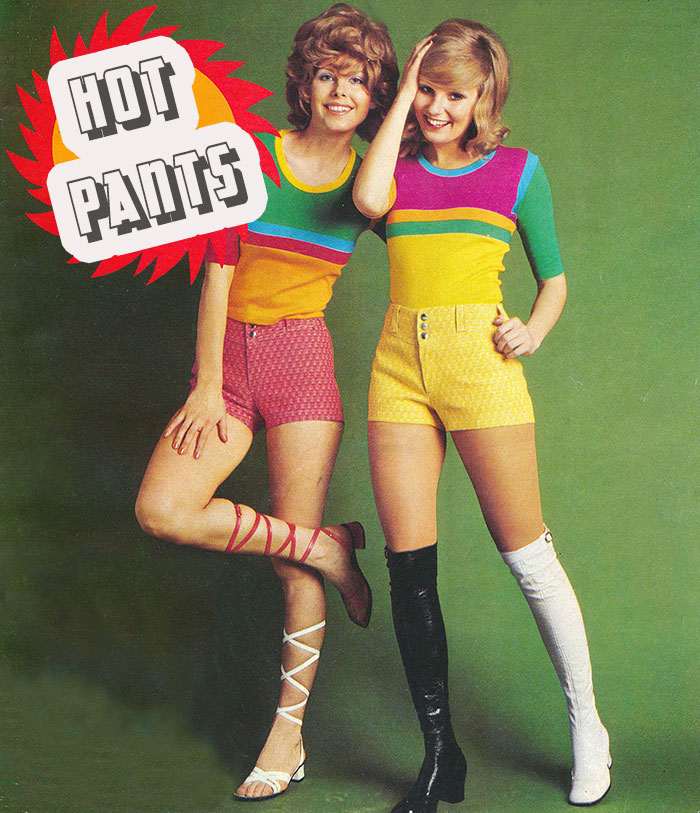
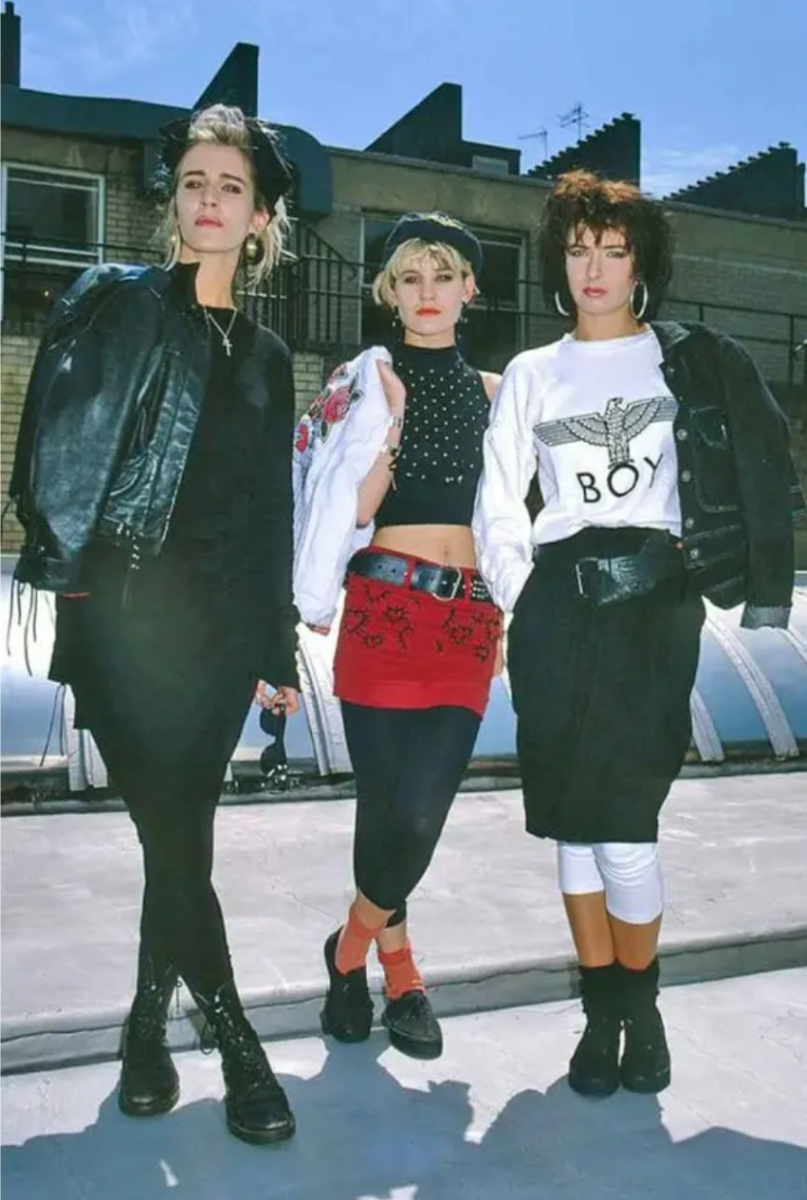
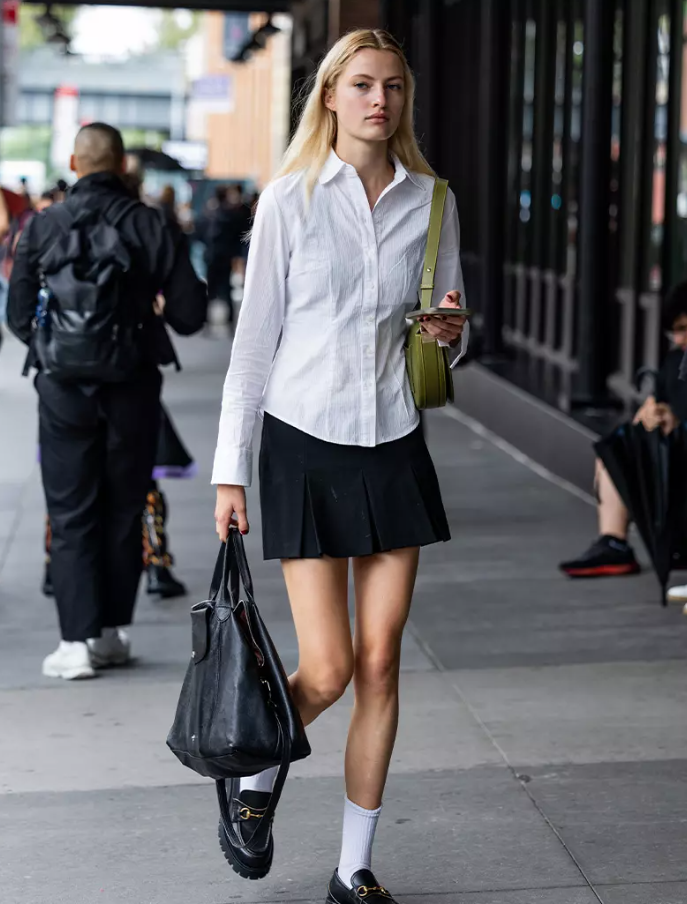
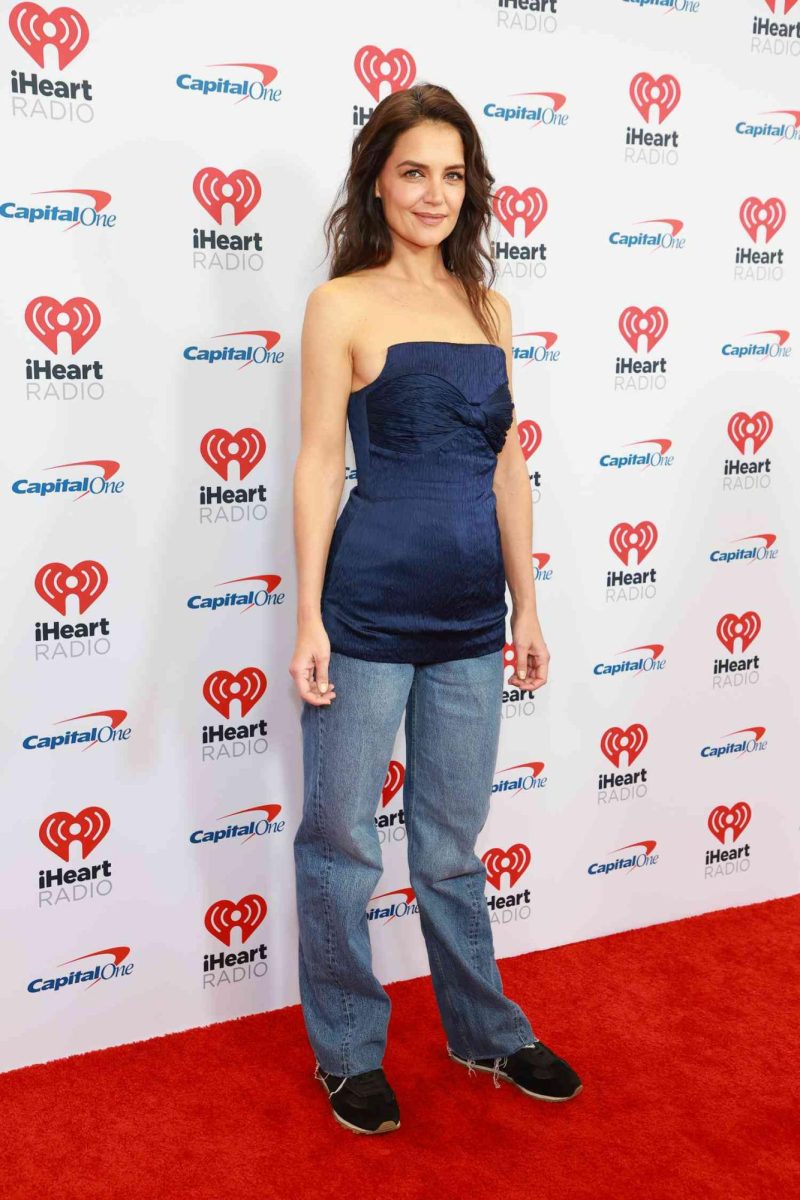
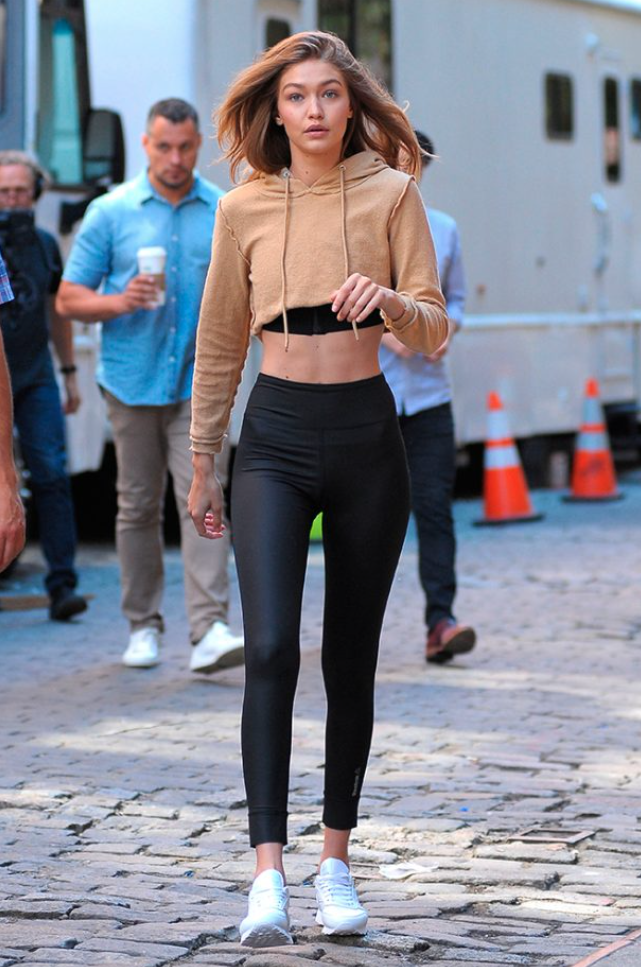

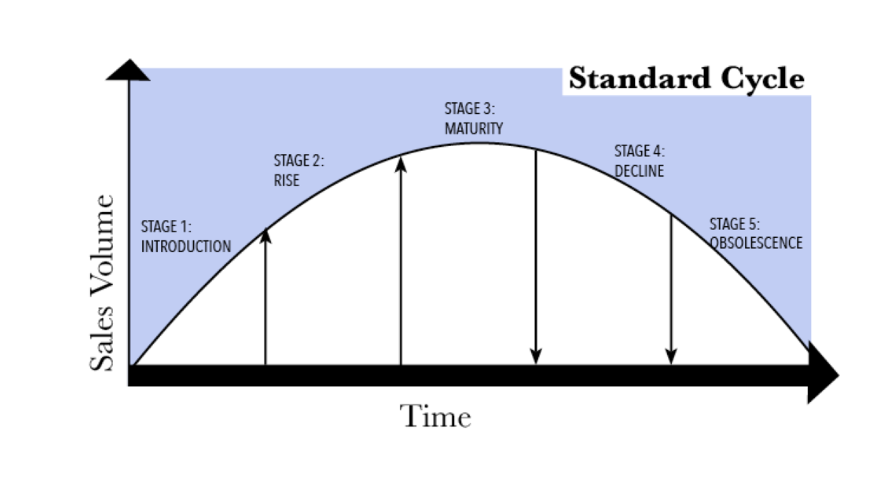
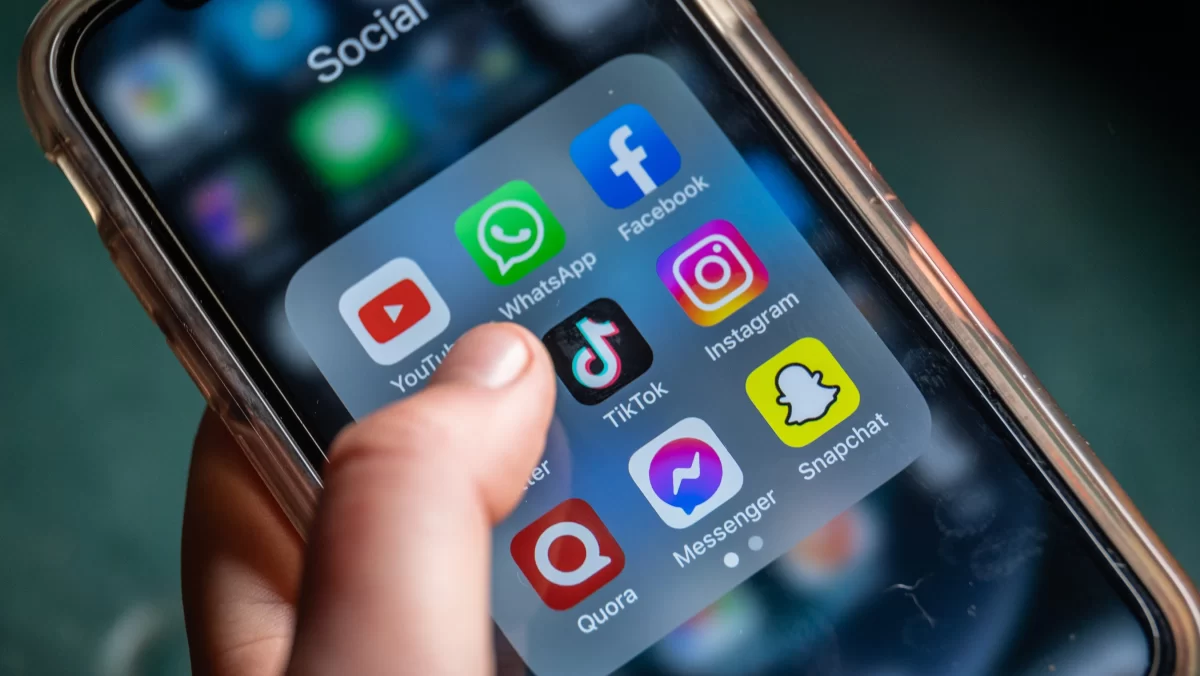
Ron S • Jan 16, 2024 at 9:28 pm